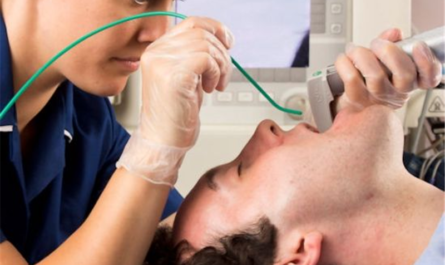Hospitals are environments focused on healing and recovery. As such, the quality and design of lighting plays a vital role in patient outcomes and experiences. This article explores how lighting can impact hospitals from a design, health, and operational perspective.
Lighting Design and Atmosphere
The lighting design of a hospital aims to create an atmosphere that is calming yet alerting. Poor lighting can cause eyestrain, headaches, and fatigue for both patients and staff. Appropriate lighting design considers several factors:
Color Temperature
Warm white lighting between 2700K-3000K creates a warmer, more inviting atmosphere compared to the harshness of cooler daylight temperatures. Warm lighting has been shown to reduce stress and promote relaxation in healthcare environments.
Light Levels
Lighting levels should be adjustable based on the specific needs of the space. Patient rooms require lower ambient light at night for sleep but higher task lighting during examinations or care. Common areas like waiting rooms need adequate but not overly bright lighting.
Glare Control
Direct or reflected glare from lights or windows needs to be minimized through the use of lenses, baffles, and shields. Too much glare impedes vision and causes discomfort. Indirect lighting approaches from the ceiling help reduce glare.
Zoning and Controls
Lighting controls allow different zones to be set at various light levels based on the time of day or needs. Patient rooms have individual controls while nursing stations have centralized controls for efficiency. Zoning and controls improve lighting quality, aesthetics, and energy efficiency.
Impact on Health and Well-Being
Beyond atmosphere, proper Hospital Lighting design has important physiological and psychological benefits for patients, staff, and overall operations:
Regulation of Biological Rhythms
Our circadian rhythms are regulated by exposure to light, especially blue wavelengths in daylight. Lighting that mimics natural daylight supports better sleep-wake cycles, mood, and recovery times for patients.
Reduced Stress and Pain
Brighter, glary lighting can increase the perception of pain and discomfort. Softer, warmer lighting relaxes patients and relieves anxiety. Low lighting at night aids restorative sleep critical to healing.
Faster Recovery
Exposure to daylight spectrum lighting during the day boosts mood and vital levels of serotonin and melatonin, both important for recovery. Patients under good lighting often experience shorter hospital stays.
Better Vision and Accuracy
Task and accent lighting provides optimum visual conditions for examinations, surgery, medication preparation and administration, testing, and patient monitoring – all crucial for safety and care quality.
Operational Benefits of Efficient Lighting
Beyond patient care impacts, efficient lighting systems provide bottom-line benefits through reduced energy and maintenance costs:
Energy Savings
LED lighting uses up to 90% less energy than traditional bulbs and lasts much longer. The reduced cooling loads result in substantial electricity cost savings over time.
Lower Maintenance
Solid-state LED fixtures rarely burn out, unlike fluorescent tubes, reducing replacement part and labor costs. They also don’t contain mercury like fluorescents.
Longer Lifespan
Long-life LEDs that may last 15-20 years reduce full fixture replacement costs compared to changing tubes every 1-2 years. Less maintenance frees up staff time as well.
Sustainability
By using less energy overall, healthcare facilities can reduce their carbon footprint and operate more sustainably – important messaging for community perception and recruiting.
In Summary
Through intelligent and human-centered design, lighting plays an indispensable role in supporting the healing environments, workforce, operational efficiency, and sustainability goals of healthcare facilities. With both physiological and financial benefits, investing in high-quality lighting makes tremendous long-term sense for hospitals and the patients they serve.
*Note:
1. Source: Coherent Market Insights, Public sources, Desk research
2. We have leveraged AI tools to mine information and compile it




